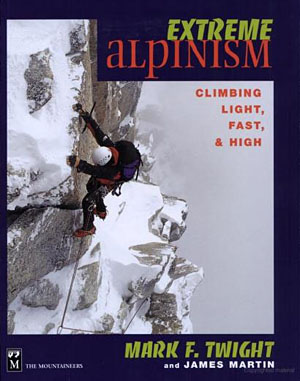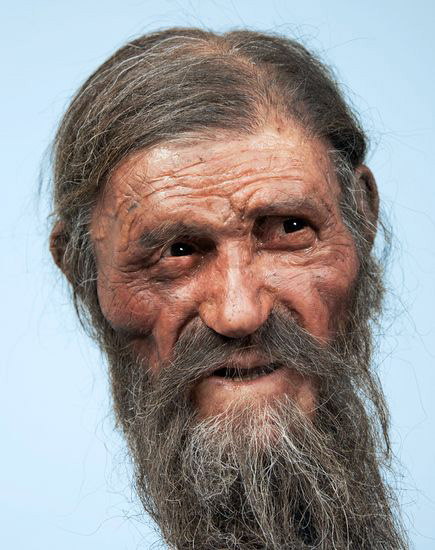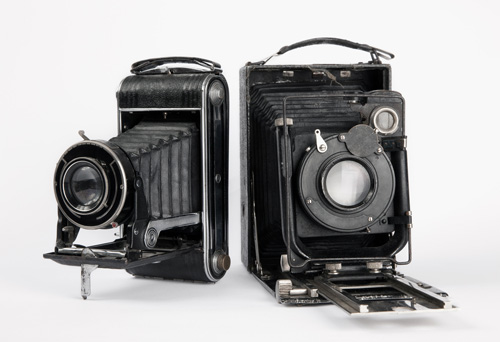BMC - Sarah Stirling: Prejšnji teden je plezalec odkril škatlo dragocenih draguljev na ledeniku v Alpah. Kateri pa so še drugi gorski zakladi ... ali so še vedno izgubljeni? ... (angl.)
Top five treasures of the mountains
Sarah Stirling - 30.09.2013
What treasures lie in the mountains?
Last week, a climber discovered a box of precious gems in the Alps. But what other mountain treasures have been found... or are still lost?
1. Over 100 precious Indian jewels found on Glacier des Bossons
 Glaciers often swallow, transport and spew natural things like trees or rocks, but sometimes more interesting artefacts hitch a ride, too. Old newspapers, letters and shoes have previously made their way through the Glacier des Bossons near Chamonix, and re-presented themselves as relics from planes en-route to Geneva, which crashed into Mont Blanc instead.
Glaciers often swallow, transport and spew natural things like trees or rocks, but sometimes more interesting artefacts hitch a ride, too. Old newspapers, letters and shoes have previously made their way through the Glacier des Bossons near Chamonix, and re-presented themselves as relics from planes en-route to Geneva, which crashed into Mont Blanc instead.
Last week, a French mountaineer with his sights on Mont Blanc summit was sidetracked by a different prize - one that could pay off his mortgage. Opening a curious metal box on the Glacier des Bossons, he discovered around 100 precious gems including rubies, emeralds and sapphires. It must have belonged to a passenger on one of two Air India plane crashes, which occured in 1950 and 1966.
The honest climber carried the treasure down the mountain and straight to local police, who are now trying to trace relatives. There is some speculation whether, under French law, the jewels could be returned to the climber if an owner isn’t found. The police have commented that inexperienced climbers shouldn’t be tempted to try to seek their fortune on the glacier: it’s easy to access but dangerous.
Further reading: www.theguardian.com/world/2013/sep/26/mont-blanc-climber-indian-jewels
2. An airplane full of dope crashed near Yosemite in the hedonistic heydays of Camp Four bums
 In 1977, dreams wild beyond imagining came true for Yosemite’s ‘Camp Four Bums’, who aimed to climb as much and work as little as possible. A planeload of marijuana crashed into a nearby lake, and the police decided to wait for spring thaws before recovering the contraband.
In 1977, dreams wild beyond imagining came true for Yosemite’s ‘Camp Four Bums’, who aimed to climb as much and work as little as possible. A planeload of marijuana crashed into a nearby lake, and the police decided to wait for spring thaws before recovering the contraband.
“The unemployed leisure class of Camp Four had nothing better to do, not by a long shot. Campsites soon surrounded the lake’s western end,” the Mountain Gazette reported later, describing it as ‘a modern gold rush’.
Bales of the drug were marked with ‘Qualidad’, but its taste was too harsh and its high too spacey for many at Camp Four. So climbers began making trips to San Fransisco and LA then returning with cash or cocaine. ‘Airplane’ as the dope became known, sold for $400 a pound, minimum.
Camp Four was soon filled with incongruously shiny new tents, motorcycles and vans. The Mountain Shop's climbing hardware was bought up as soon as it arrived on the shelves. Bums who formerly just stood reading climbing magazines spent hundreds of dollars day after day.
It was estimated that around half a million dollars worth of marijuana was salvaged from the plane.
Further reading on Supertopo: http://www.supertopo.com
3. In his famous book, Extreme Alpinism, Mark Twight recalls his team accidentally throwing their ropes off the biggest wall in the world
 In 1988, Twight and his friends were having an alpine-style epic on Nanga Parbat’s Rupal Face. They were tired, cold and hungry when waist deep avalanches washed over the slope.
In 1988, Twight and his friends were having an alpine-style epic on Nanga Parbat’s Rupal Face. They were tired, cold and hungry when waist deep avalanches washed over the slope.
Finally the storm subsided and they began to dig a ledge. Kevin Ward and Barry Blanchard shouted simultaneously that they were dropping the ropes, thinking the other would hold them, then threw them off the mountain. “I suppose that’s when we finally lost control, along with our only two ropes,” recalls Twight. They’d also accidentally pushed their tent off the ledge.
“Packing up, Ward asked about the ropes. We stared horrified at him, at each other, and all sank into the snow weighed down by the realisation. I looked into the three other sets of knowing eyes and wondered which of us would survive.
We climbed straight down a wind slab because we couldn’t avoid it. ‘What’s the difference?’ I thought. ‘I die in this avalanche or I die when the four-year-old fixed rope breaks, or I just sit down too exhausted to go on. What’s it matter?’”
Then they discovered an old, tattered pack with Japanese characters written on it, clipped to some pitons at 22,000 feet. They cut it open out of idle curiosity. Sixty pitons spilled out, then a dozen ice screws, then chocolate bars and two new 50m ropes.
Later, during a Ministry of Tourism debriefing, an official asked how they enjoyed the expedition to Nanga Parbat. Barry answered, “It was like having sex with death.”
Further reading: in Extreme Alpinism
4. A naturally mummified, fully-dressed 5,000 year old ‘Iceman’
 In 1991, German hikers Erika and Heimut Simon strayed off the footpath down Finail Peak in the Otzal Alps. They were looking for a short cut, but instead found a human corpse lying face down in meltwater.
In 1991, German hikers Erika and Heimut Simon strayed off the footpath down Finail Peak in the Otzal Alps. They were looking for a short cut, but instead found a human corpse lying face down in meltwater.
Horrified, the couple reported a mountaineering accident, but the man had been resting his face on the stones a lot longer than that. Alongside the body, excavators found a bear skin cap, axe and long bow.
The body, fully-clothed and surrounded by numerous personal possessions, turned out to be a monumental discovery. Studies proved ‘Otzi The Iceman’ lived between 3350 and 3100 BC. He was 5,000 years old.
During Otzi’s lifetime, the discovery of copper was transforming Europe, economically and socially. Stonehenge wasn’t built until several hundred years after his death.
Such a well-preserved, ancient human had never before been found, and possibly never will be again, for it took an incredible chain of co-incidences for his remains to survive intact.
Shortly after his death, Otzi’s body was protected and preserved by snowfall, and later, ice formation. Secure in a deep gully, he didn’t thaw, even during history’s warm spells like the Roman times; nor did he or his possessions move in glacier flow. Otzi was only exposed to damaging sunlight and weather for a short period in 1991 before he was found.
Further reading: on Otzi’s website: www.iceman.it
5. Missing on Everest - could finding Mallory’s camera change history?
 When George Mallory and Andrew Irvine left camp, hoping to become the first to conquer Everest, they were less than a kilometre from the summit. It was 1924, and they were never heard from again. Were Sir Edmund Hillary and Tenzing Norgay really the first to summit Everest in 1953?
When George Mallory and Andrew Irvine left camp, hoping to become the first to conquer Everest, they were less than a kilometre from the summit. It was 1924, and they were never heard from again. Were Sir Edmund Hillary and Tenzing Norgay really the first to summit Everest in 1953?
You might say - who cares? But, over the years, half a dozen expensive expeditions have. Mallory’s body was found in 1999. American Tom Holzel has been scrutinising high-res photos of Everest for decades in search of Irvine’s body, hoping his Pocket Kodak camera will expose summit photos.
Holzel’s email, sent to potential backers requesting $250,000 for an ‘ultra-stealth mode’ expedition, was slammed by Sir Chris Bonington as “odd and unsavoury”. It began: “We seek a single sponsor to reap the enormous worldwide publicity a controlled release of the sensational findings will create.”
Holzel told the Observer he hoped his expedition would beat “renegade climbers only interested in how much money they can make”. He’s still looking, and commented in February that he is short $10,000 to fund a flyover with the latest telephoto technology, or around $100,000 for another expedition.
Bonington said: “The thing, for British climbing, about the tragedy and story of Mallory and Irvine is its mystery and romance. It should be left like that. As a lovely legend.”
Further reading on Holzel’s website: www.velocitypress.com/IrvineSearch.html